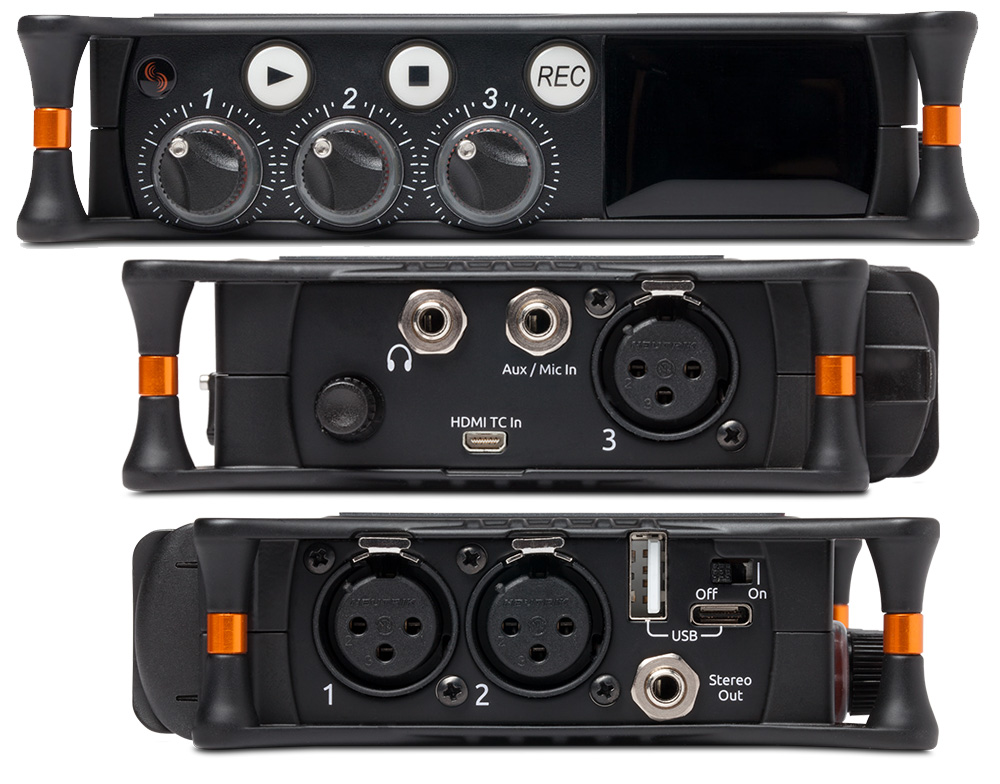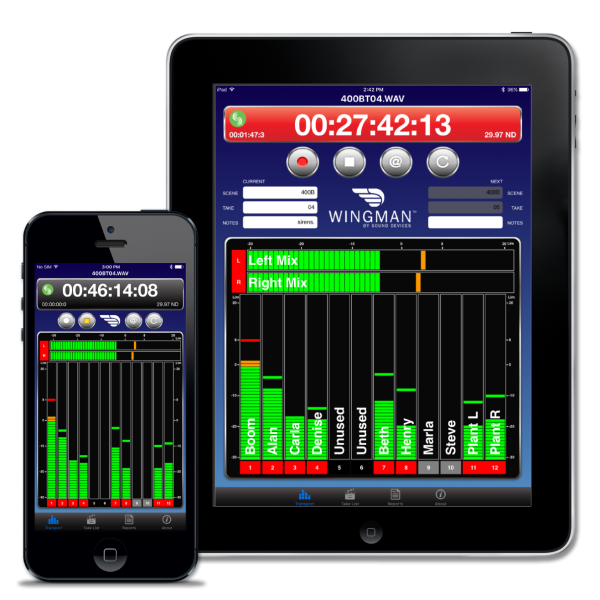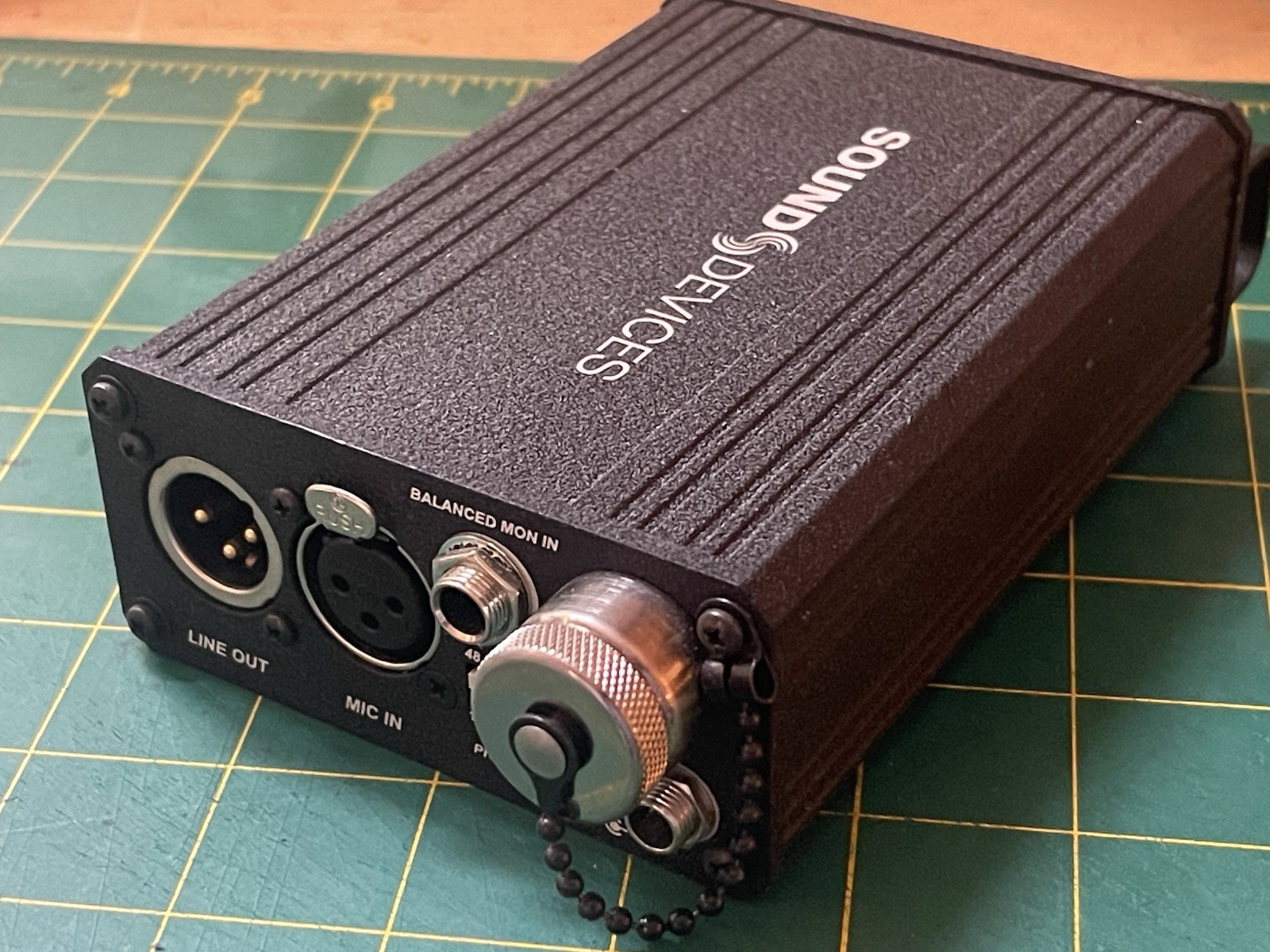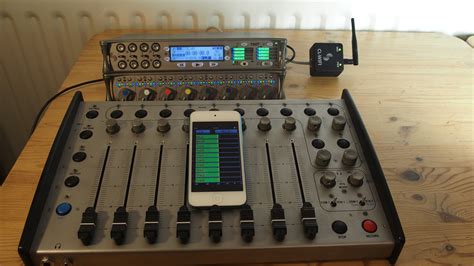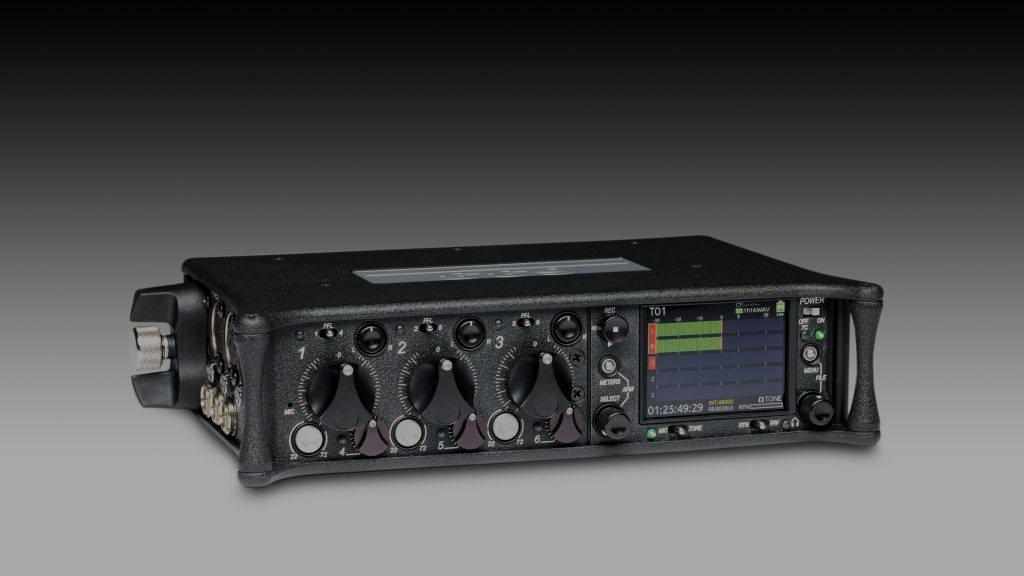- Posted on
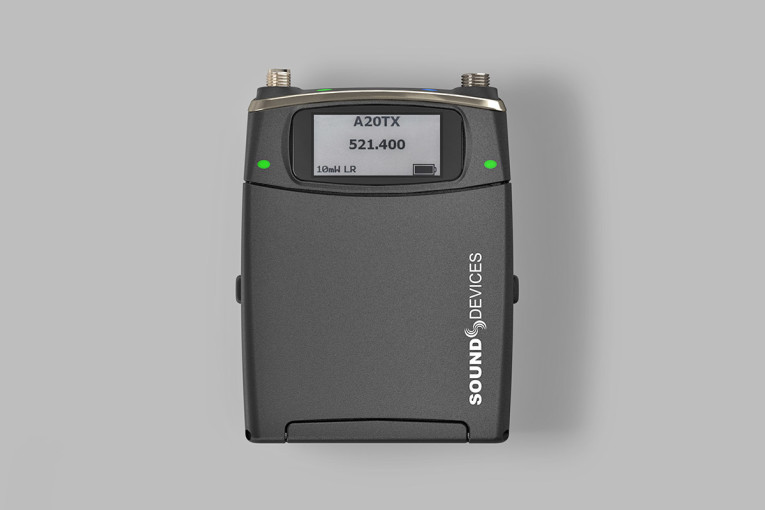
🚀 Sound Devices A20-TX Digital Wireless Bodypack: Raising the Bar for Pro Audio
In the demanding world of professional audio, reliability, pristine sound, and seamless integration are paramount. Sound Devices, a name synonymous with robust and high-performance audio gear, has once again raised the bar with the introduction of the A20-TX Digital Wireless Bodypack Transmitter. This powerhouse is a meticulously engineered solution designed to be a game-changer for sound professionals across film, television, and live production.
Compact Powerhouse, Engineered for Excellence
The A20-TX immediately impresses with its design. It features a rugged aluminum chassis built to withstand the bumps, drops, and varied environmental conditions of location sound work. Its form factor accommodates vital features like its ultra-low-power e-Paper display- which remains readable even in bright sunlight and when powered off—and its long-lasting power options (up to 12 hours on three AA batteries).
Unlocking Unprecedented RF Flexibility with SpectraBand™
One of the A20-TX's most revolutionary features is SpectraBand™ technology. This proprietary innovation provides an ultra-wide tuning range covering an astounding 169 MHz to 1525 MHz (VHF and UHF). This means unparalleled flexibility to find clear frequencies in even the most congested RF environments, anywhere in the world, dramatically reducing interference worries.
Pristine Audio with Next-Gen Preamps and GainForward™
At the heart of the A20-TX lies its ability to deliver exceptional audio quality. It features a true, fully balanced microphone preamp directly derived from the acclaimed Sound Devices 8-Series mixers. This translates to incredibly low noise, high headroom, and an impressive 140 dB dynamic range (for balanced mic input).
The transmitter’s pure audio capture is powered by Sound Devices' GainForward™ Architecture. This ingenious design eliminates the need for a physical gain knob on the transmitter itself. Instead, the audio gain is set remotely at the receiver or your mixer's digital trim, preventing accidental gain adjustments on talent and ensuring consistent, optimized levels.
Versatile Inputs & Un-Clippable 32-Bit Float Recording
The A20-TX is exceptionally versatile when it comes to inputs. Its single 3-pin LEMO connector supports a wide array of sources: lavaliers, dynamic mics, condenser mics with switchable 12V/48V phantom power, balanced line-level, AES3, AES42 (for digital mics), and even guitar.
For ultimate peace of mind, the A20-TX includes a built-in 32-bit float, 48 kHz recorder utilizing a removable micro-SD card. This onboard recorder provides a virtually un-clippable backup recording, ensuring a perfect safety track even if unexpected loud transients occur.
🔗 The Astral Ecosystem: A20-TX and ARX8 Integration
The true power of the A20-TX is realized when it integrates with the Astral receiver lineup, particularly the flagship Astral ARX8 (4-, 6-, or 8-Channel Portable True-Diversity Wireless Receiver). This pairing unlocks system-level features crucial for efficiency on set:
Centralized Gain Control: The ARX8 acts as the control center for GainForward™, allowing mixers to remotely adjust the A20-TX's gain, low-cut filter, and limiter without accessing the talent or the bodypack itself.
NexLink™ Remote Management: The ARX8 uses the NexLink™ 2.4 GHz link to provide full remote control over all linked A20-TX transmitters. This includes wirelessly jamming timecode, adjusting frequency, changing RF power, and even remotely powering the transmitters on or off.
Rapid Frequency Coordination: Leveraging the shared SpectraBand™ range, the ARX8’s integrated Real-Time Spectrum Analyzer (RTSA) and AutoAssign function can quickly scan the environment and deploy clean, coordinated frequencies to all paired A20-TX units with a single press.
Seamless Mixer Integration: The ARX8 can be quickly and securely docked directly to Sound Devices' 8-Series Mixer/Recorders (833, 888, Scorpio) using the A20-QuickDock accessory, creating a compact, cable-free recording and wireless system perfect for bag work.
The Sound Devices A20-TX Digital Wireless Bodypack Transmitter, especially when paired with the ARX8, is a revolutionary leap forward in wireless audio. Its blend of SpectraBand flexibility, pristine audio from 8-Series preamps, automated GainForward control, and 32-bit float recording makes it an indispensable tool for audio professionals demanding the very best.
